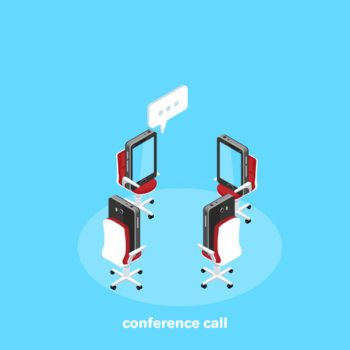
Centralized vs. Local Noise Reduction in Call Centers
- On August 21, 2023
- contact center
In this post we will discuss the difference between a centralized vs. a stand-alone solution to perform noise reduction in call centers. The need to cancel the noise in contact center is obvious as this noise has a direct impact on customer experience, accuracy of voice analytics, security and overall performance of the call center. You are invited to read the post detailing the connection between the noise and ROI in call centers.

Before we discuss the difference between the two options to cancel the noise, let’s first review the possible types of noise that exists in call center. Theoretically there are many types of noise that should be cancelled but only one of them is crucial for call centers. The most disturbing type of noise in call centers is ambient human voices. This noise is actually voices of other people talking/shouting in the background. For example it may be an agent talking on the left or the supervisor shouting in the background.
Local Noise Reduction
A local noise reduction is a noise reduction application that works on a single call. It receives as input the audio stream from a single call and is not aware of all other calls that happen simultaneously in the call center. Such application has the capability to remove stationary and non-human sounds (e.g. car horn) but it is unable to remove the most disturbing noise in call centers: loud ambient human voices. The reason is that a stand-alone application does not have the capability to identify where each human voice is coming from, does it belong to the primary agent or maybe to the agent sitting on the left?
Centralized Noise Reduction
A centralized noise reduction is a noise reduction application that simultaneously listens to all the calls in the call center. By listening to all the calls it has the capability to correlate between them and build a Noise Map of the call center. Using the Noise Map the noise-reduction application can identify the origin of each human voice and know if it belongs to the primary agent or maybe it belongs to the supervisor and should be cancelled. Needless to mention that a centralized noise reduction also has the basic capability to block non-human sounds like dog barking.
Distributed Approach
As we can see, environments, like call center or shared workspace, that need to remove loud background human voices should use a centralized noise reduction application. The next question that comes into mind is does the centralized approach require a single strong server for processing or maybe the load can be distributed among all clients? The answer is that you can enjoy the power of a centralized noise reduction but have the load distributed among all clients. In this architecture the server builds an maintains a Noise Map of the call center and informs each client on nearby agents that are currently making noise and disturbing the call.
COVID19
During the days of the pandemic, many call centers are more flexible in the location of their workforce. Many call centers have 30-70% of their agents work from the office while the others work from home. These numbers keep changing and it is clear that a good noise reduction software needs to be flexible enough to handle these constant changes. The Noise Firewall has an automatic capability to detect a change in the location of an agent and when an agent is located at-home to focus on removing domestic noises like dog’s baking.


